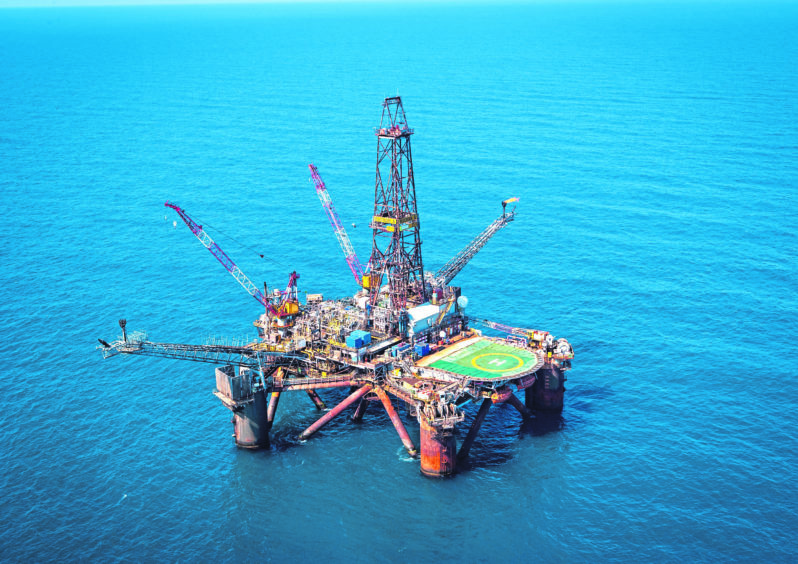
As many North Sea oil and gas assets reach the end of their productive lives, decommissioning is increasingly on the C-Suite agenda.
Executives understand this vital stage in the industry life cycle is a challenge, but also an opportunity.
A key element in maximising the upside is securing the right skills to tackle decommissioning effectively.
Mature assets in the North Sea comprise a mix of infrastructures, environments and maturities.
As no two situations are the same, the response has been to act on a case-by-case basis. But that may be missing a trick.
With oil and gas firms expected to spend as much as £15 billion on UK decommissioning projects over the coming decade, there is value in starting the strategic thinking at a corporate level.
Companies require a range of capabilities. Commercial and engineering expertise are vital, as are specialisms in logistics, regulation, risk management, and technology.
Some skills can be ported over from exploration and production activities, but others are specific to decommissioning.
There is likely to be scarcity in some areas and abundance in others.
Several questions arise. How should companies assemble the right people, incentivise them over long periods and redeploy them once tasks are completed? What is the best way to implement workforce planning? And how should leaders think about change in their business as decommissioning demands more time and focus?
The starting point will be to develop a detailed understanding of needs. The evolution of a business may extend over several years, so short andlong-term perspectives are important, as is a willingness to rationalise staffing requirements.
In developing a people strategy, we see three key pillars of transformation:
Optimise the workforce across the project life cycle. Changes should be implemented collaboratively and the organisation should invest in redeployment and retraining, so the workforce continues to reflect business needs. Executives must be confident on which skills are transferable and the roles that best fit the decommissioning agenda.
Be clear about the employee value proposition. The target should be an integrated approach to standing up the necessary capabilities, taking into consideration the balance between internal and external resources. Clarity on the career opportunity for employees and long-term incentivisation are vital.
Focus on culture and transition management. Regular engagement and feedback mechanisms should be adopted, along with executive-led initiatives that reinforce the organisation’s culture. Comprehensive transition planning is needed as people move to new roles, together with a dedicated HR strategy.
Workforce change is particularly tricky for smaller operators, which are likely to require decommissioning resources for limited periods of intense activity.
It is not efficient to fully staff an internal team to complete the process just once or twice and then have no further use for the resources and/or opportunity to gain value from the learnings.
In decommissioning, technology is likely to play a growing role, with data and analytics in particular driving a range of use cases.
Decommissioning presents a complex and changing landscape. But as it gathers pace, companies that focus on their human assets just as much as on their physical assets are likely to emerge ahead of the pack.
Jon Clark, EMEIA Oil & Gas Transactions Leader at EY
Recommended for you
